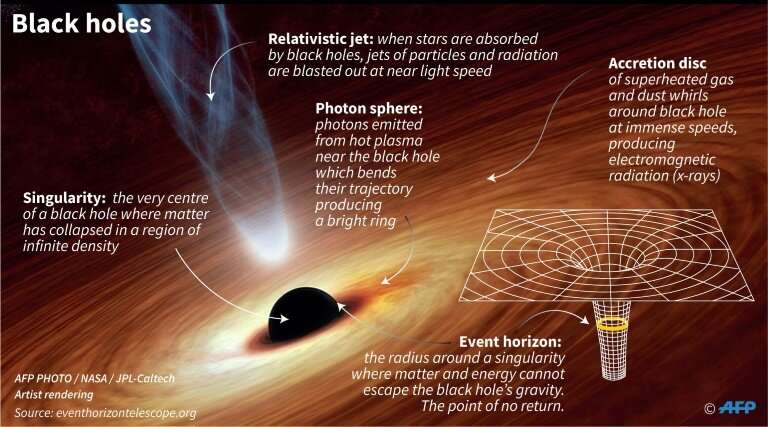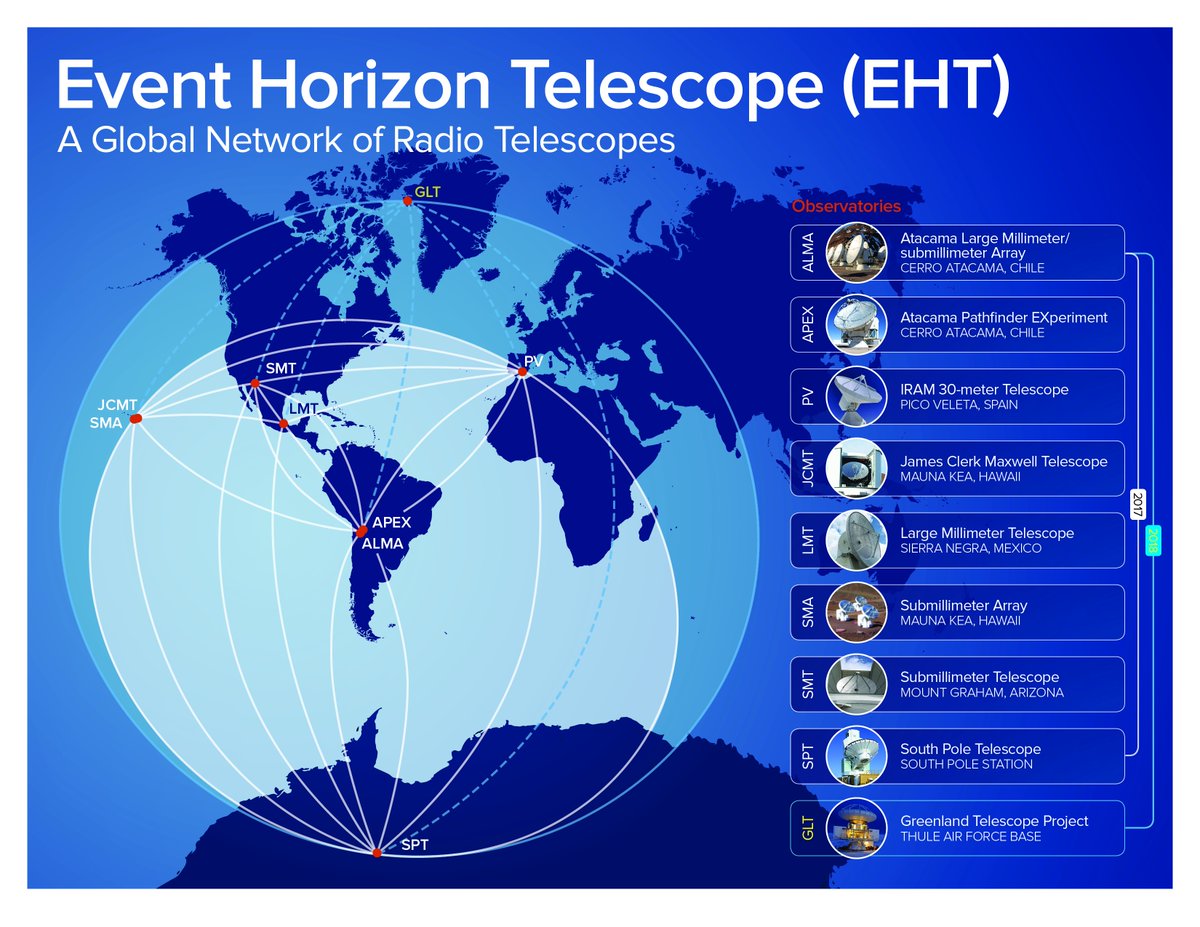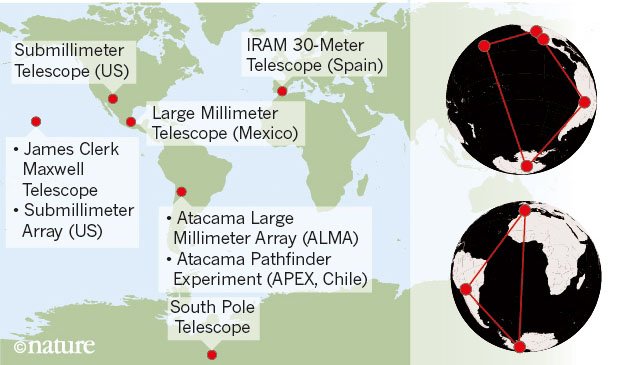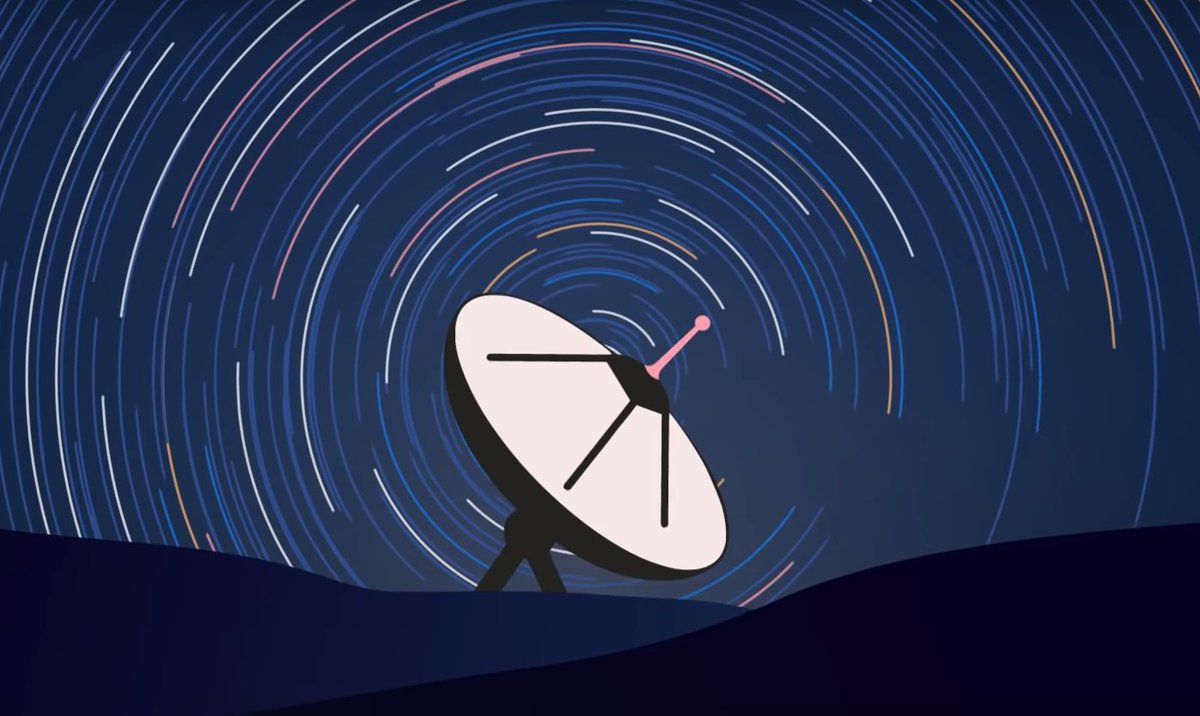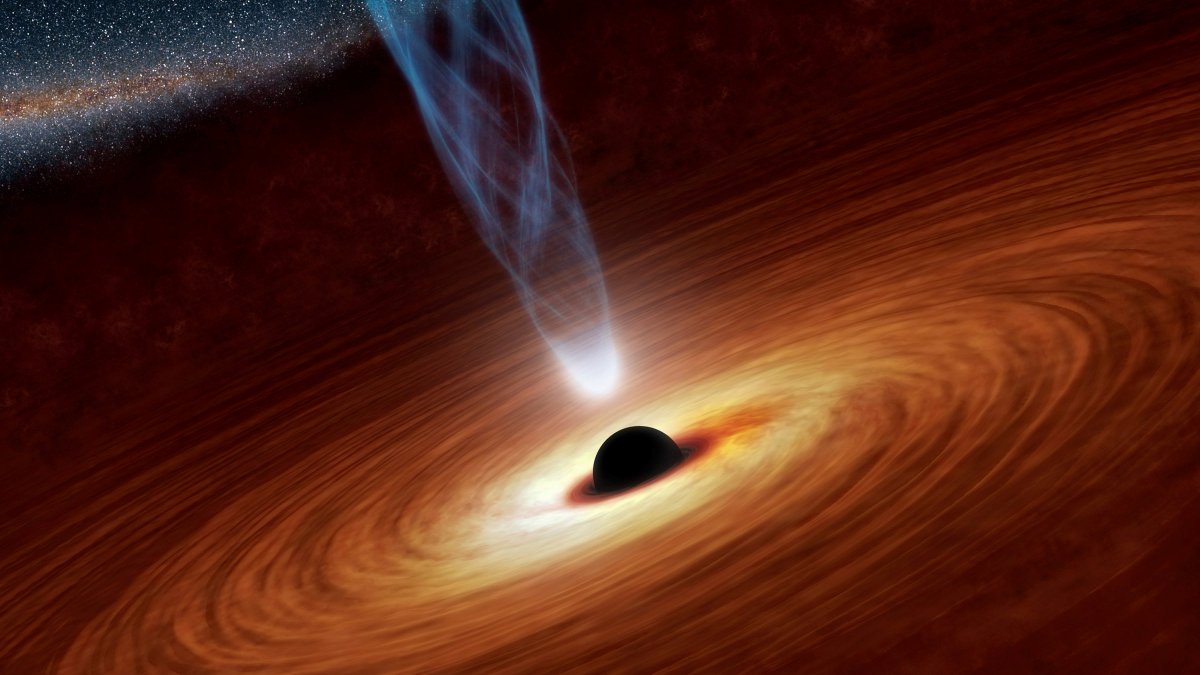This is a HUGE undertaking.
That 'point of no return' is called the event horizon.
*except maybe for Hawking radiation, which we can't detect
But the event horizon? Maybe we could see that.
But it's also a lot farther away - around 2,000 times farther - at a distance of 50 million light-years.
And there are thick clouds of dust obscuring both black holes - so now you're photographing your grain of sand from thousands of kilometres away through mist.
The EHT isn't one telescope. It's an entire network of telescopes, spanning the globe.
And we are absolutely giddy with excitement to see it.
Really, really soon, (tomorrow hopefully) we’ll find out if they were right.
sciencealert.com/black-hole-eve…


